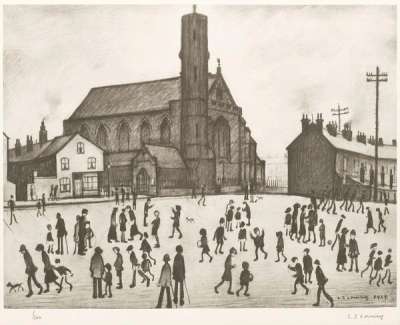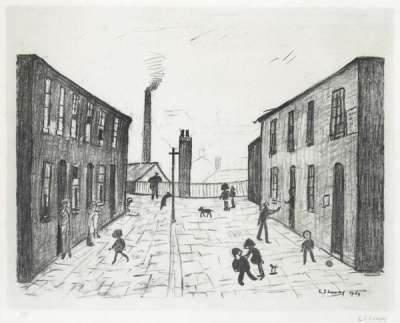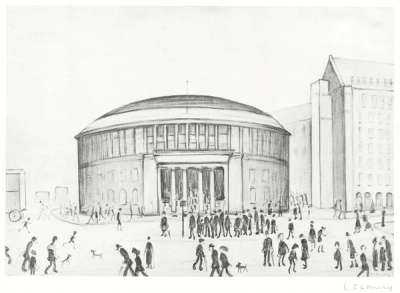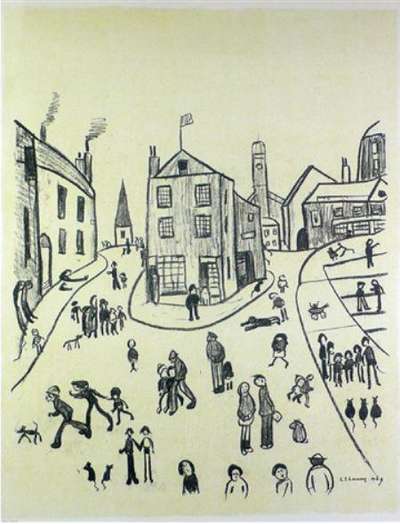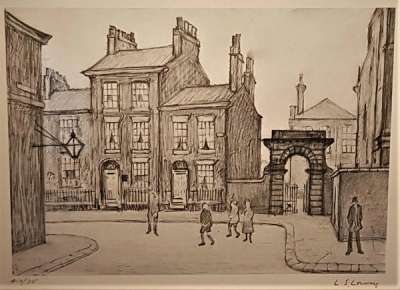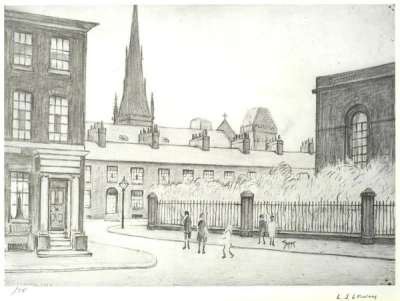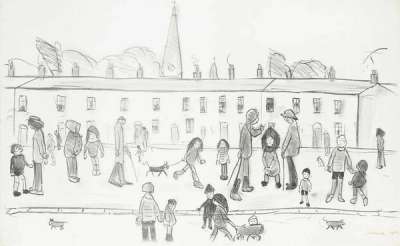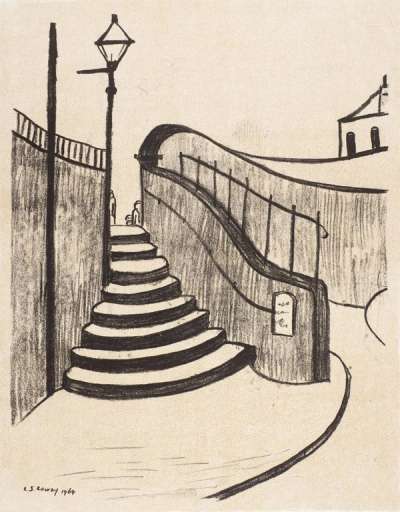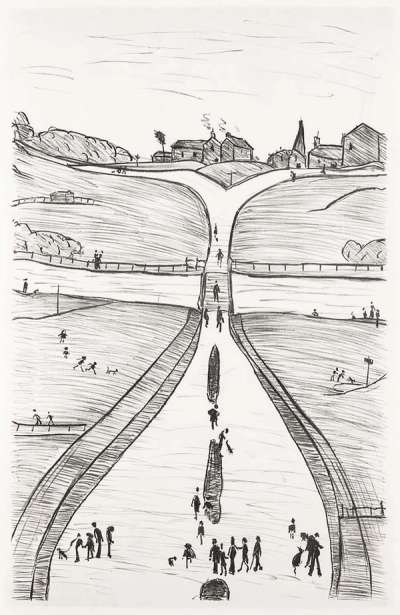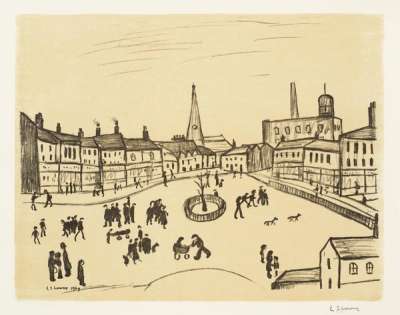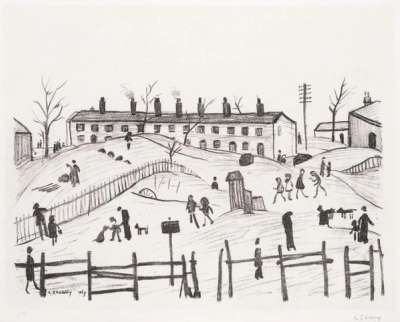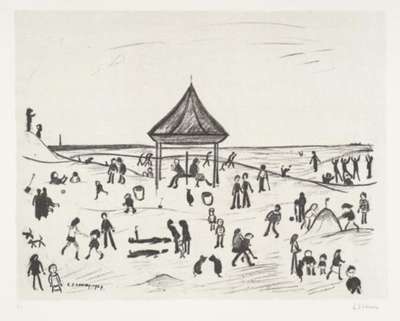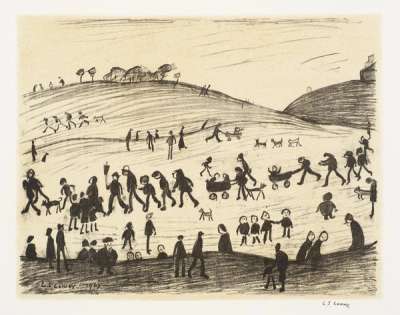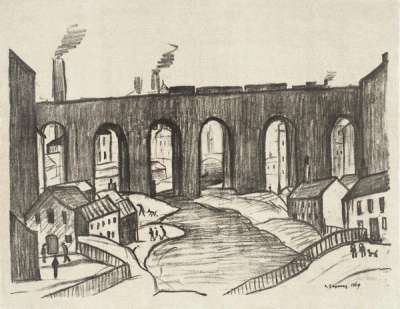
Great Ancoats Street
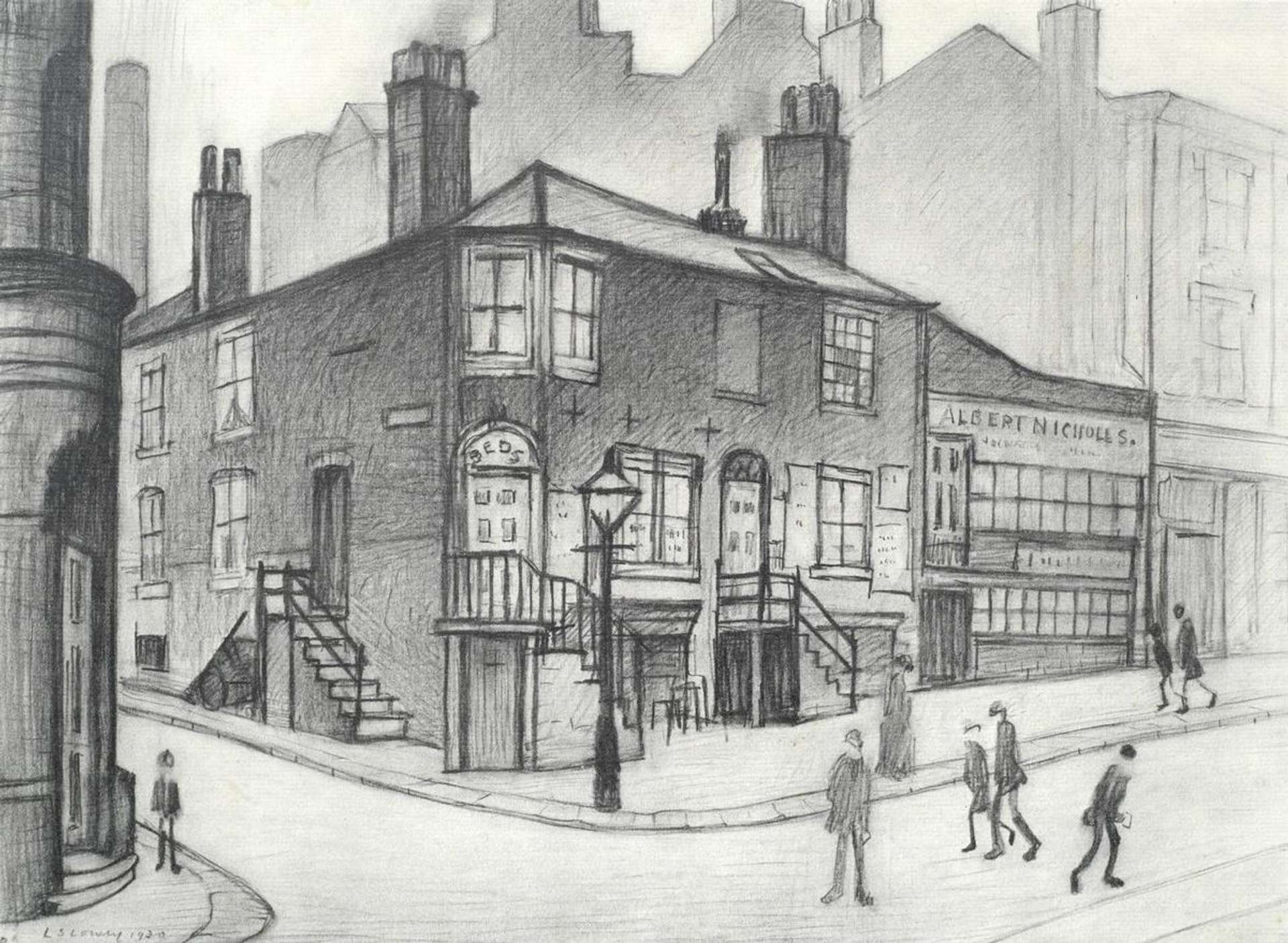
Great Ancoats Street
Signed Print
L S Lowry
£1,500-£2,250Value
Indicator
$2,950-$4,400 Value Indicator
$2,600-$3,900 Value Indicator
¥13,500-¥21,000 Value Indicator
€1,750-€2,650 Value Indicator
$15,000-$22,000 Value Indicator
¥290,000-¥430,000 Value Indicator
$1,900-$2,850 Value Indicator
AAGR (5 years) This estimate blends recent public auction records with our own private sale data and network demand.
There aren't enough data points on this work for a comprehensive result. Please speak to a specialist by making an enquiry.
Medium: Screenprint
Edition size: 850
Year: 1930
Size: H 26cm x W 36cm
Signed: Yes
Format: Signed Print
TradingFloor
MyPortfolio
Your collection tracked in real time.
Build your portfolio, manage valuations, view return against your collection and watch works you're looking for.
Track auction value trend
Auction Results
| Auction Date | Auction House | Artwork | Hammer Price | Return to Seller | Buyer Paid |
|---|---|---|---|---|---|
| September 2023 | Bonhams Knightsbridge - United Kingdom | Great Ancoats Street - Signed Print | |||
| September 2023 | Bonhams Knightsbridge - United Kingdom | Great Ancoats Street - Signed Print | |||
| July 2023 | Capes Dunn - United Kingdom | Great Ancoats Street - Signed Print | |||
| March 2023 | Adam Partridge Auctioneers & Valuers - United Kingdom | Great Ancoats Street - Signed Print | |||
| November 2022 | Golding, Young & Mawer, The Lincoln Auction Rooms - United Kingdom | Great Ancoats Street - Signed Print | |||
| August 2022 | McTear's - United Kingdom | Great Ancoats Street - Signed Print | |||
| August 2022 | Toovey's - United Kingdom | Great Ancoats Street - Signed Print |
Meaning & Analysis
Rendered in black ink against white paper, Great Ancoats Street is a screen print from 1930 by L. S. Lowry that shows a street corner from a slightly elevated view. Making this print distinctly Lowry, is the inclusion of his ‘matchstick-figures’ wandering throughout the scene, young and old, to emphasise the human presence in this otherwise topographical depiction of the street.
Great Ancoats Street shows the worn-out working class Manchester area of Ancoats, a place that was characterised from the 1980s as a notorious slum. Lowry worked as a rent collector for the Pall Mall Property Company and this led to him walking everywhere in the city, taking in many sights and experiences. He would come into contact with those who lived in areas like Ancoats who could not afford to pay their rent and evidently Lowry was compelled to capture their lives through his art.
Lowry wonderfully captures this gloomy scene of industrial life in Britain through the sketchy quality of the print. The smoke that comes from the chimneys seems to merge and seep into the scene as a whole, giving the street a dirty and run-down atmosphere. His figures in the foreground also appear isolated and are depicted as products of their poor environment.
